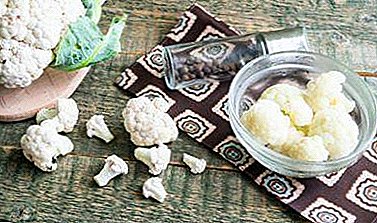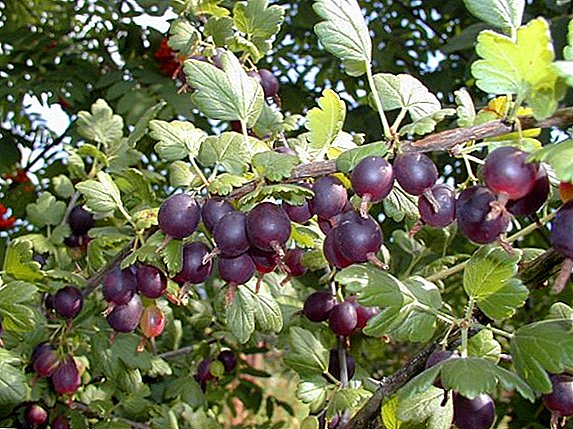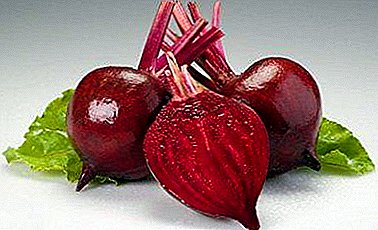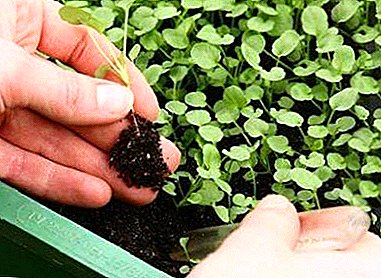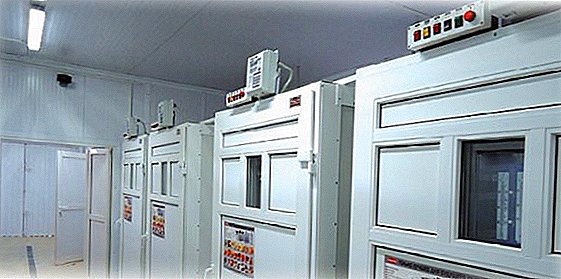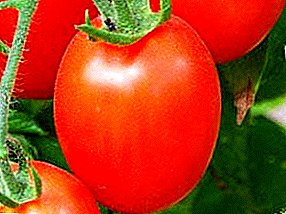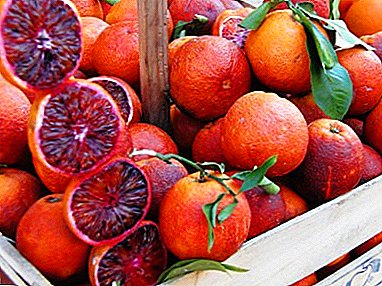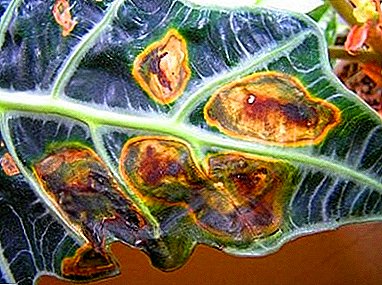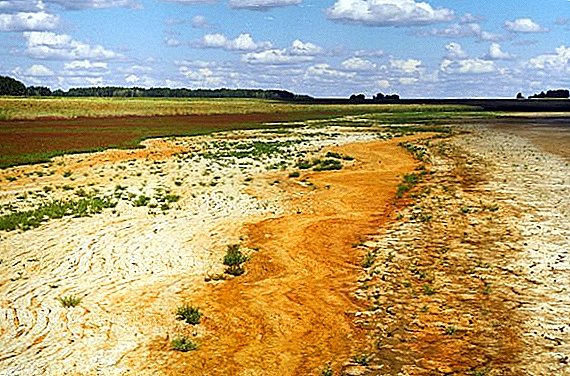In Crimea, soil salinity is rapidly increasing, thousands of hectares are becoming unsuitable for agricultural production. This was announced at the meeting of the Committee on Agrarian Policy, Ecology and Natural Resources of the so-called State Council of the occupied Crimea by the Deputy Head of the Administration of Nizhnegorsky District Anton Kravets.
Today, 20 thousand hectares of saline lands have been identified in the district, of which 9 thousand hectares require first gypsum. Gypsum phosphorus mixture, the introduction of which can return these lands to agricultural use, is there in the Crimea - these are waste products produced by the Krymsky Titan plant. Soil salinization is a consequence of stopping the supply of Dnieper water through the North-Crimean Canal. The cessation of washing with fresh water of the fields where rice was grown led to the formation of a salt-bearing horizon at the depth of the plant roots. This has identified a number of adverse agrochemical indicators, Kravets explains.
Soils lose fertility, crops are falling: in the first years of using rice paddies, they received cereals 36 centners per hectare, then 28 centners per hectare, in 2016 only 16 centners per hectare. Nobody wants to work at a loss, the Prisivashya farms are switching from grain crops to industrial crops. 


